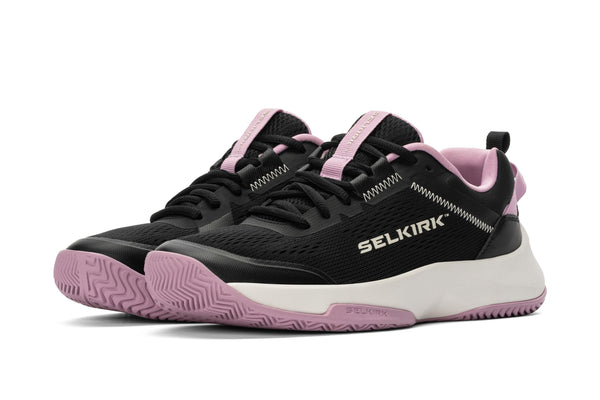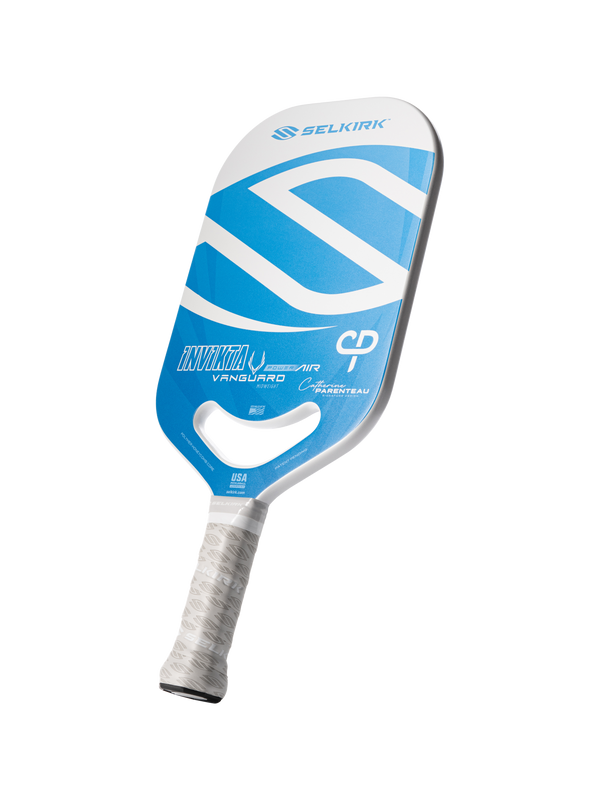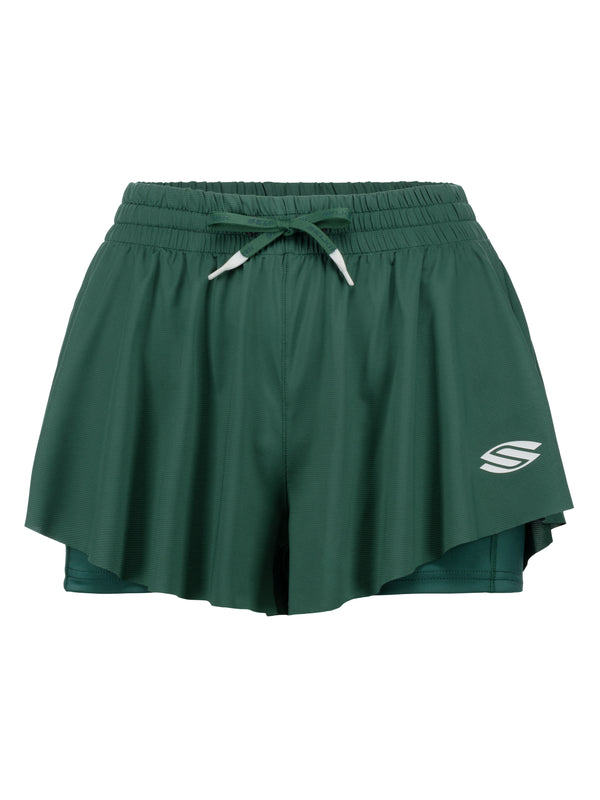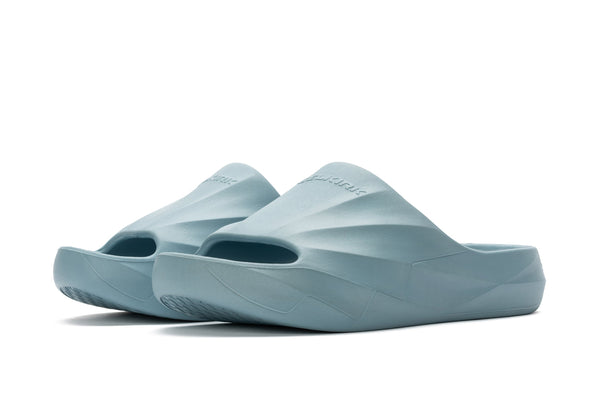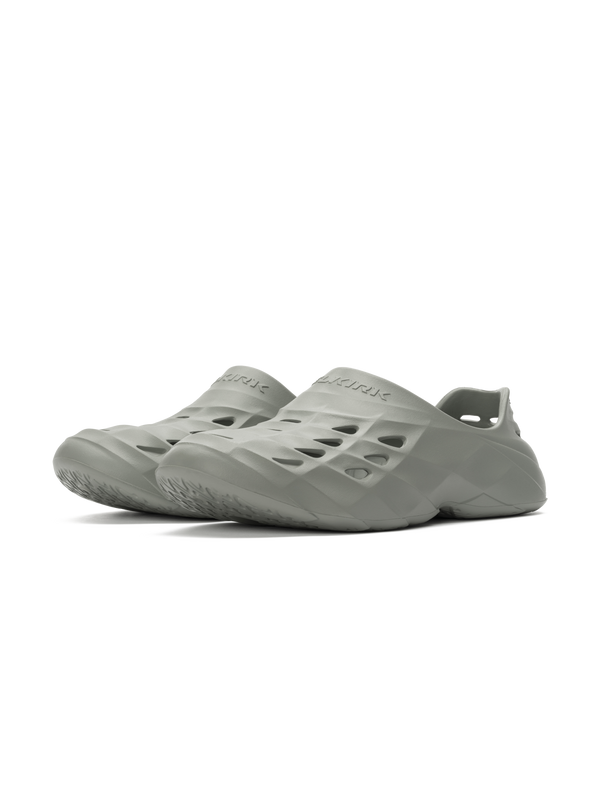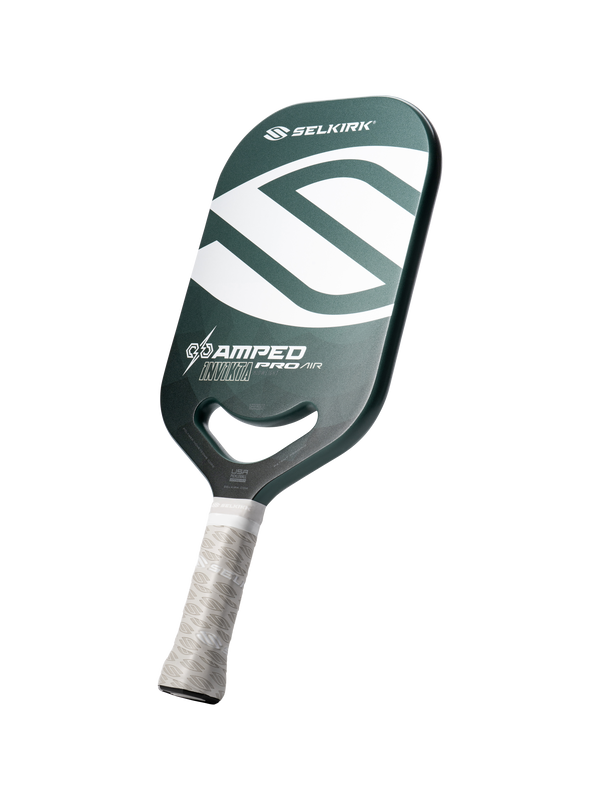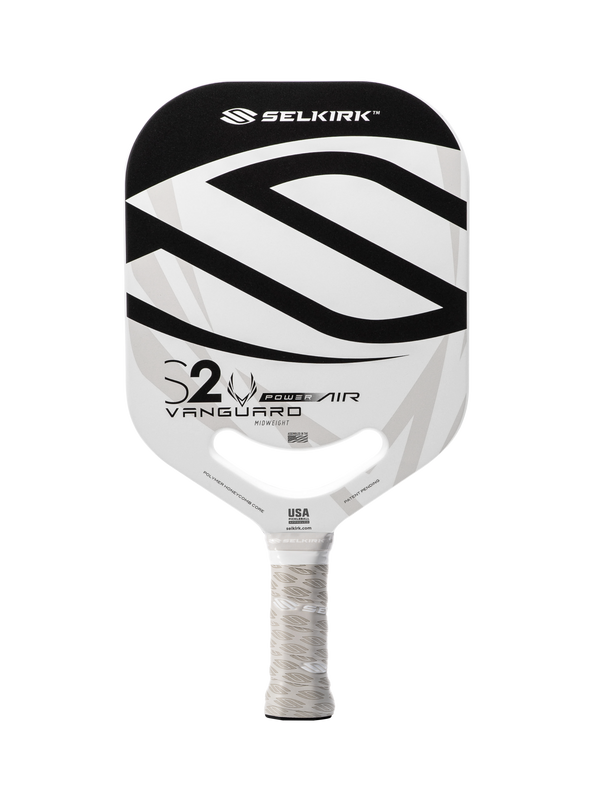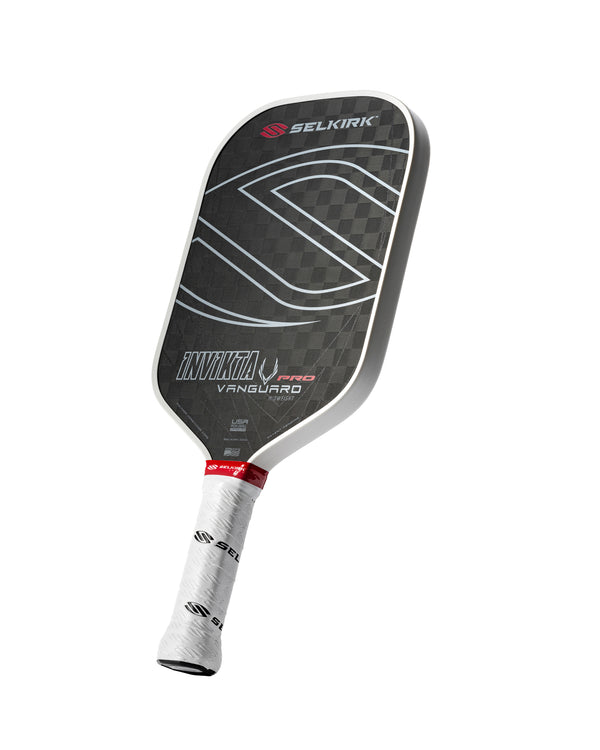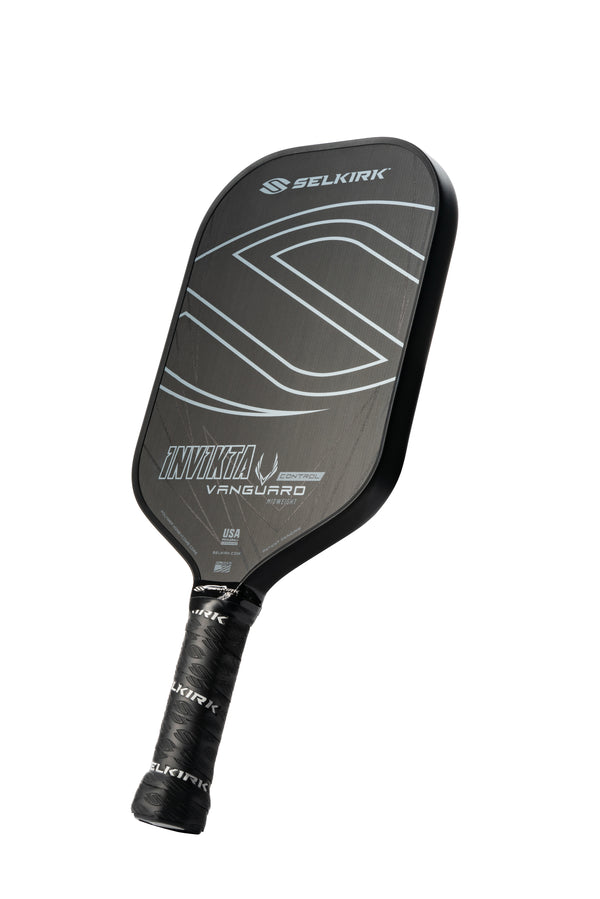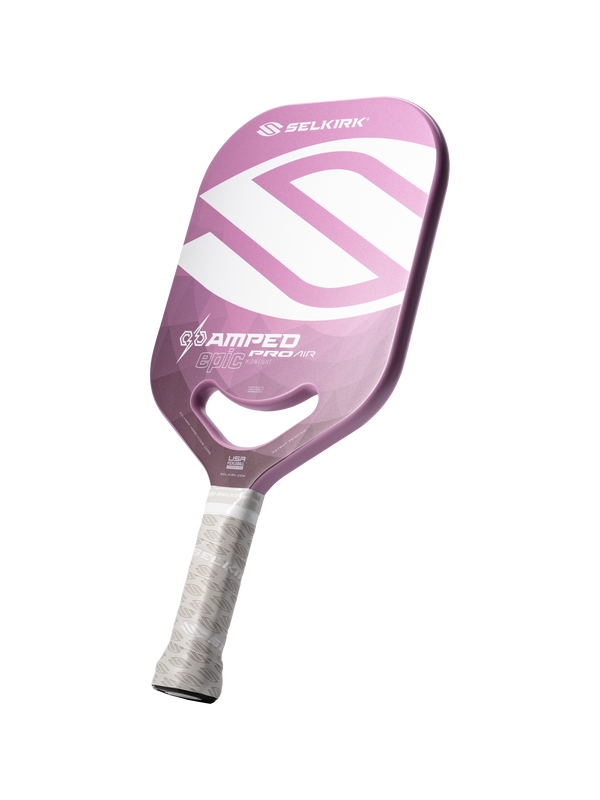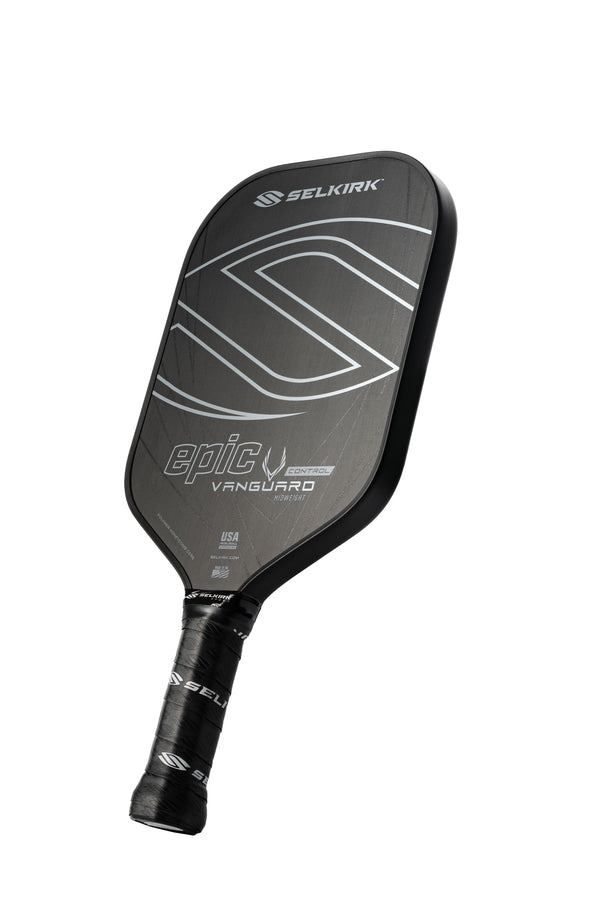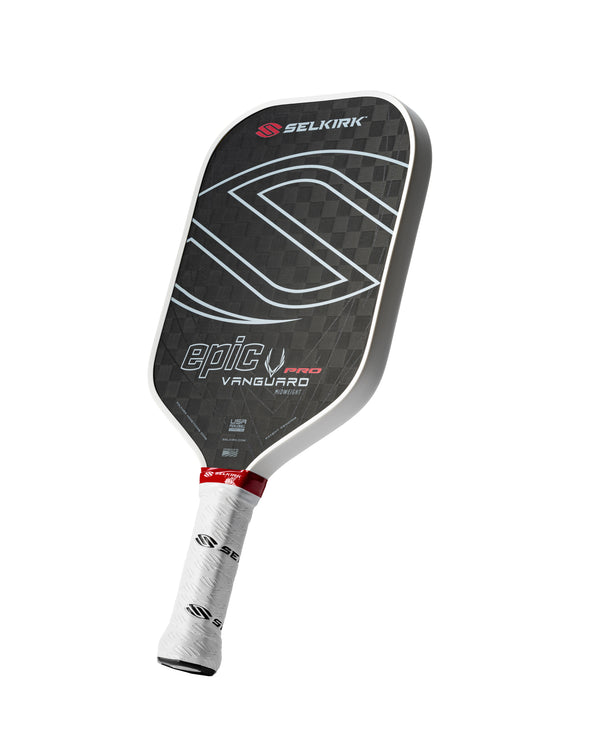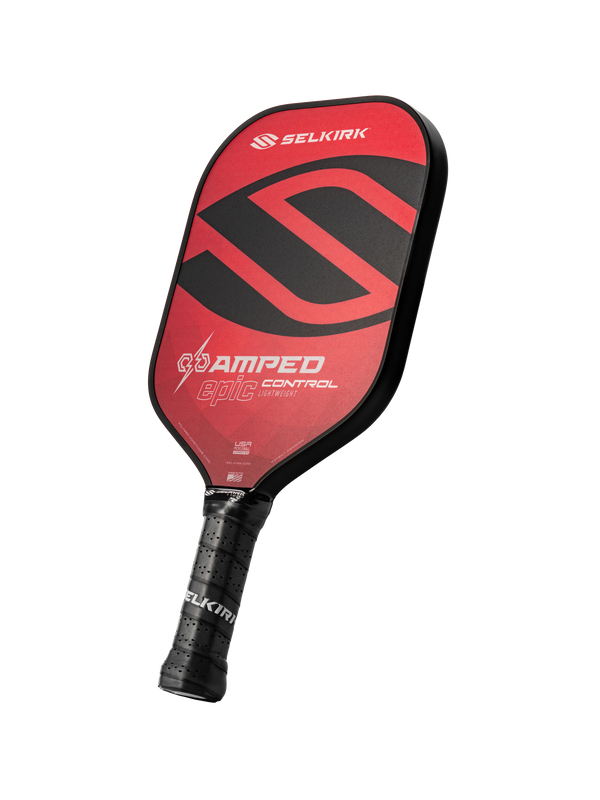I played table tennis and tennis seriously for many years and never suffered from tennis elbow until I started playing pickleball. I stubbornly refused to rest and after several months of rehabilitation, physical therapy and acupuncture the problem finally resolved. Unlike tennis where the ball is soft and strings have flex when hitting the ball, this does not occur in pickleball due to the solid ball and pickleball paddle. I have treated thousands of cases of lateral epicondylitis in my 40 years of practice, and it can be a very challenging condition to successfully treat.
What is Pickleball/ Tennis Elbow?
Lateral epicondylitis (Tennis Elbow) is a painful condition of the elbow generally caused by repetitive motion and overuse, and it is commonly seen among pickleball players. It is caused by small tears or micro evulsions of the muscles and tendons on the lateral or outside of the elbow. The symptoms of pickleball elbow develop gradually and are generally not associated with a specific incident or injury.

This condition is also very commonly seen in individuals that aren't involved in racket sports, such as cooks, carpenters, plumbers and painters. The muscles involved in this injury are the forearm extensors that attach to the lateral epicondyle and raise the hand and wrist. The signs and symptoms of pickleball elbow include pain, burning, point tenderness and swelling on the outside of the elbow. The symptoms are exacerbated by holding a paddle, shaking hands, lifting heavy objects, making a fist, turning a door handle and with backhand strokes.
Other causes of pickleball elbow include poor technique, improper body positioning, late strokes, weak forearm muscles and a strength imbalance between the flexion and extension muscles of the wrist.
Pickleball Elbow Prevention
The following are ways to avoid Pickleball elbow:
- Proper grip size is important and is measured in two ways.1. When gripping the paddle there should be enough room to place the index finger between the fingers and base of the thumb. 2. Measure the distance from the crease of your palm to the tip of your ring finger. This is the most accurate method to determine grip size.
-
Stretch and exercise Before playing gently stretch the arm and elbow muscles.

- Pay attention to your stroke technique while playing and make sure you are not hitting shots with an unstable wrist. Using too much wrist during impact places tremendous stress on the elbow and wrist joints along with the surrounding soft tissue. If you are having problems or are unsure about your strokes, have a coach or experienced player watch you play and provide feedback. Try hitting with different paddles made from various materials to find the one that is most comfortable, has less impact and works best for you.
Ways to measure proper grip size:
 .
. 
Tennis/Pickleball Elbow Treatment
Finally, if you do develop tennis elbow there are many options available for treating this problem:
- RICE; Rest, ice, compression and elevation. Ice is used over the affected area for 15/20 minutes, several times a day.
- (NSAIDs): Non-steroidal anti-inflammatory drugs such as Aspirin, Naprosyn, Ibuprofen etc. may also be used to reduce pain, inflammation and swelling.
- Lateral epicondyle bracing can also be an effective way to support and stabilize the affected elbow.
-
Specific strengthening exercises for the forearm and wrist.

- Physical therapy modalities including; Ultrasound, cold laser treatment, electrical muscle stimulation, massage, acupuncture and dry needling.
- Injections of steroids, autologous blood and platelet-rich plasma have also been shown to reduce inflammation and speed the healing process.
- Surgical intervention as a last resort, if conservative treatment fails after 6-12 months, should be considered.
Hand and wrist strengthening exercises:


About the Author
Dr. Alan Bragman is a chiropractor living in Atlanta, Georgia. He is an IPTPA level 2 certified coach. He was on the medical advisory board at Bicycling Magazine for 15 years and has written for numerous other sports publications including USA Pickleball Magazine, Speedskating Times, Atlanta Sports and fitness and Road Bike rider.
Disclaimer: The medical advice, views, and opinions expressed herein are those of the authors and contributors, and do not necessarily reflect those of Selkirk Sport or its affiliates. Selkirk Sport does not endorse, warrant, and/or assume any legal liability or responsibility for the accuracy, completeness, or usefulness of any information, apparatus, product, or process discussed. Specific medical advice should be discussed and reviewed with a qualified physician.



